Apple Farming And Irrigation In Kenya
Apple farming and irrigation in Kenya training is undertaken by Grekkon Limited’s agronomy team when installing irrigation systems or anti-bird nets for new apple farmers in the country. The apple tree is a hardy deciduous temperate fruit tree. This being the case, cultivars such as the Wambugu apple have been developed to grow in tropical climates where it is much more difficult to grow and produce apples

Currently, commercial apple growing is done in the areas of; Eldoret, Embu, Kericho, Kiambu, Kirinyaga, Laikipia, Machakos, Makueni, Meru, Nakuru, Nyandarua, Nyeri and Taveta. In this piece, we respond to frequently asked questions apple growing questions by farmers

On the left is a Grekkon Limited agronomist at Wambugu apple farm in Laikipia county
Apple Farming and Irrigation In Kenya
FAQs
1. What’s an apple climate requirements?
1.1. Apple tree temperature requirements. 3 degrees Celsius is low enough to break dormancy, and temperatures not exceeding 32 degrees Celsius have better productivity
1.2. Altitude. 450M asl to 2,700M asl
An apple tree’s true climatic zone depends on the cultivar developed to grow therein
2. How do apple trees grow?
Soil. In most soil types so long as they are deep and well drained
Fertiliser; The generic application is NPK 17:17:17 100kgs annually per tree is sufficient, plus 30kgs of manure every 2-3 years. To raise your fruit’s brix level, spray with Boron during the flowering season. For a proper tailored fertiliser regime, conduct a soil test and work with the laboratory recommendations
Rainfall. 800mm to 1,000mm annually
Pollination. Most are not self-pollinating so plant other cultivars as pollinators
Dormancy induction. Defoliate to induce dormancy when necessary
Pruning. Prune to the desired shape. The opened centre tree pruning technique is often used
Pests. Common pests to watch out for are; African bollworm, codling moth, and aphids
Diseases. Apple scab, powdery mildew, canker and wood root are key diseases
3. How to irrigate apple trees
An apple fruit is at least 86% water. Sufficient water in your fruit harvest keeps the fruit crunchy, and with a long shelf life. Young trees require more water than mature trees. The average water consumption is 5 litres per day a tree to develop strong roots, leaves, branches and the fruit
Apple irrigation requirements are determined by the soil type, root system depth, and the rate of evapotranspiration. The active root system of apple trees reaches a depth of 90cm. In dwarf varieties, it goes up to 60cm

A button drip irrigation system on a young apple orchard
In cold temperate locations, sprinkler irrigation is better so as to protect the crop from frost damage. In tropical locations like Kenya where it’s hot most of the year, button drip irrigation is best. Rain hose kits or sprinklers can also be used if there is sufficient water, or a if the apple trees have been inter-cropped with shorter vegetables in between rows. The most commonly used sprinklers in apple orchards irrigation in Kenya are the micro sprinklers, and the rain gun sprinklers
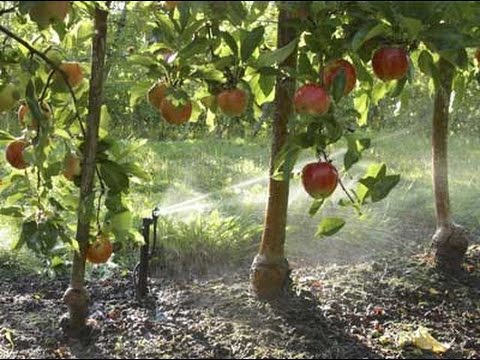
Micro sprinklers watering an apple crop

A rain gun sprinkler installed by Grekkon Limited at Wambugu apple farm in Laikipia county
Apple Irrigation Cost per Acre (button drip irrigation system)
1. 1 acre from Kes 100,000
2. 3/4 acre from Kes 80,000
3. 1/2 acre from Kes 57,000
4. 1/4 acre from Kes 30,000
Prices may differ from farm to farm based on;
– main line/ sub-main line size pipe size. If you have a large farm and plan to expand your irrigation system in future but are starting with half an acre, them your pipes will be bigger than the one with only 1/2 an acre in total
– main line/ sub-main line size pipe thickness. Gravity flow will work with PN6, direct high pressure pumping will be from a PN8 thickness
– water source distance and height from the farm
– ground elevation
Irrigation of Apples By Growth Stages
This is managed through growth these stages
- Budbreak to flowering
- Beginning of rapid shoot growth
- Beginning of fruit fill
- Harvest
- Leaf fall
Irrigation is critical from the budbreaking and flowering stage to during the beginning of fruit fill
4. Anti-bird Nets in Apples
They are integral part of apple farming and irrigation in Kenya where bird pests destroy entire apple fields particularly during the dry seasons
4.1. Method 1
- measure your apple tree size using this formula; [height + width]x2 x [height + width]x2
- pick our UV stabilised, high integrity anti-bird net from Grekkon Limited
- lay it on the ground next to that apple tree
- ready your self with a broom, or other broad base equipment with a long handle
- get a helper- a tall one
- stand one on either side of the tree and hook your broom under one edge of the net to lift it over
- when you’ve gone as far as possible, take the broom out and get it under the net again a bit lower down and lift another section up onto the tree

How to measure your apple tree anti-bird net size
- go to the other side of the tree and hook the edge of the net with the broom and pull it towards you
- leave a little edge laying on the ground because most birds get in at ground level
- weigh the net down with planks or stones or by gathering the net around the trunk and securing it
- check for any holes or gaps

An apple tree protected with a bird net
This method is the most cost effective as you only have your net covering where it’s needed. However, it is cumbersome, and as the trees outgrow the anti-bird net, the net will have to be changed
4.2. Method 2
Another way is to use timber poles or steel frames support systems. The net is laid as a roof, and also covers the sides
- measure out and mark spots to dig out 1M deep holes 3M apart by row and 3M apart from each other
- set your 4M tall timber poles or metallic frames in these hole
- firm them in position with soil or concrete
- add strong wires or timber runners on the roof 1.5M or 2M apart to support the net
- lay the bird net

A bird net raised 3M above the ground in a young apple orchard
This method is quite expensive and the cost implication over large acreages will outweigh the benefits. However, it is not cumbersome and the net will not be changed as a result of crop growth
5. How long do apples take to grow?
Apples grown from seed take 5-10 years to grow, while grafted varieties take 1 to 3 years depending on the cultivar
6. How long does an apple grow?
Standard apple trees are 7.5M to 10M tall, while dwarf varieties are 2M to 6M high
7. How many fruits will I harvest from an apple tree?
With proper feeding and consistent irrigation, your tree will yield an upwards of 200 fruits per session, 3 times a year. The best marketable fruit weight is between 150g to 250g

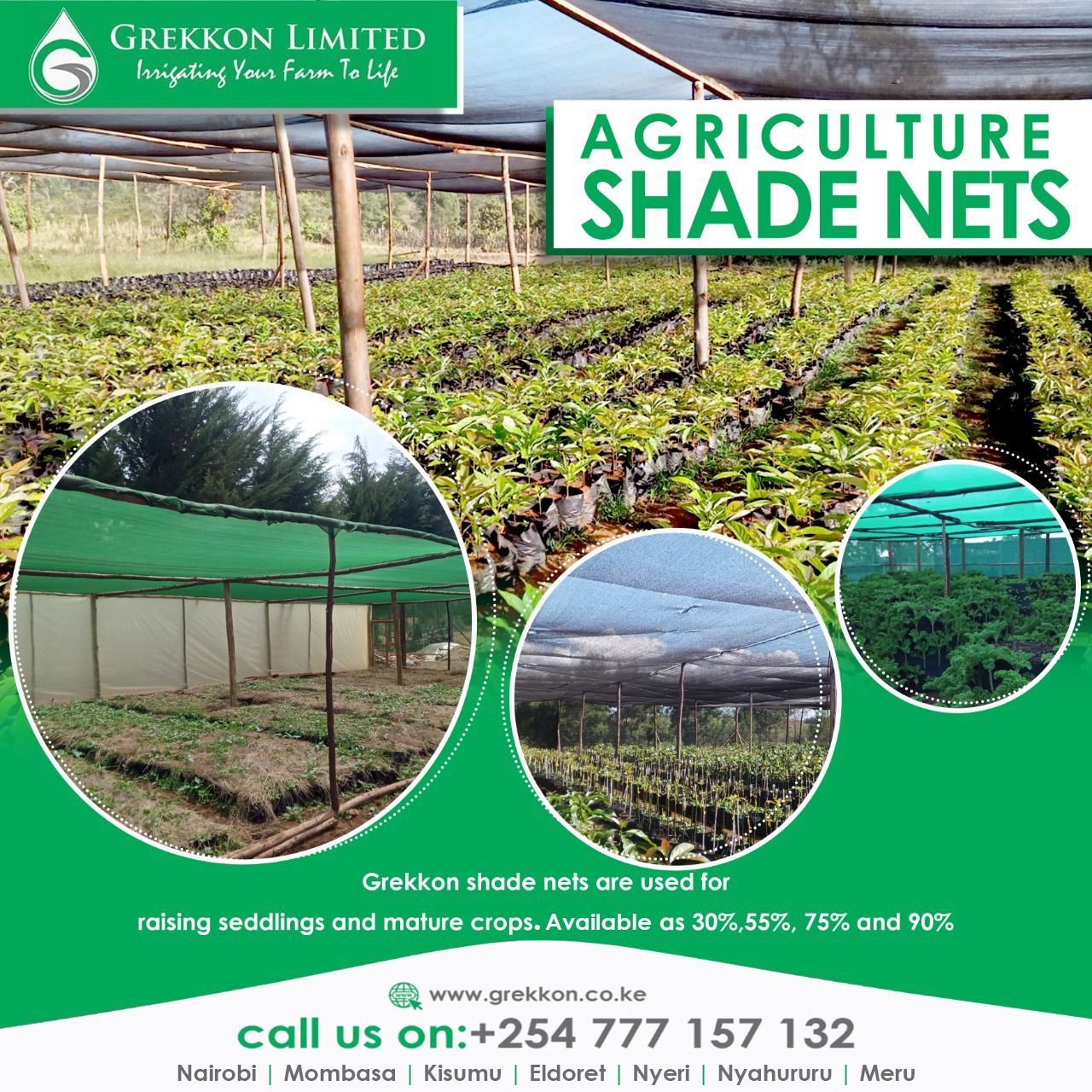
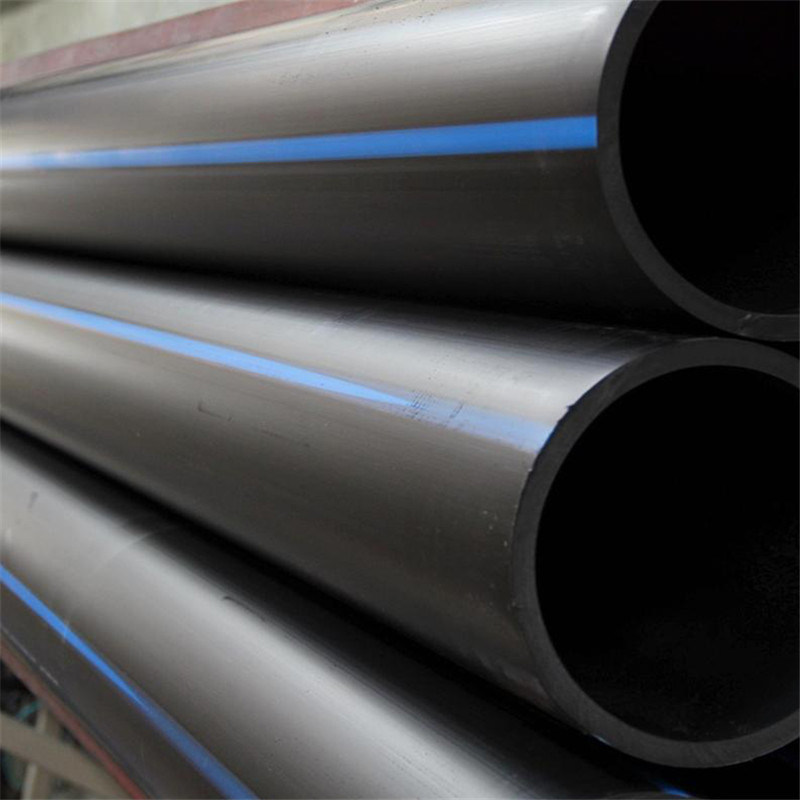
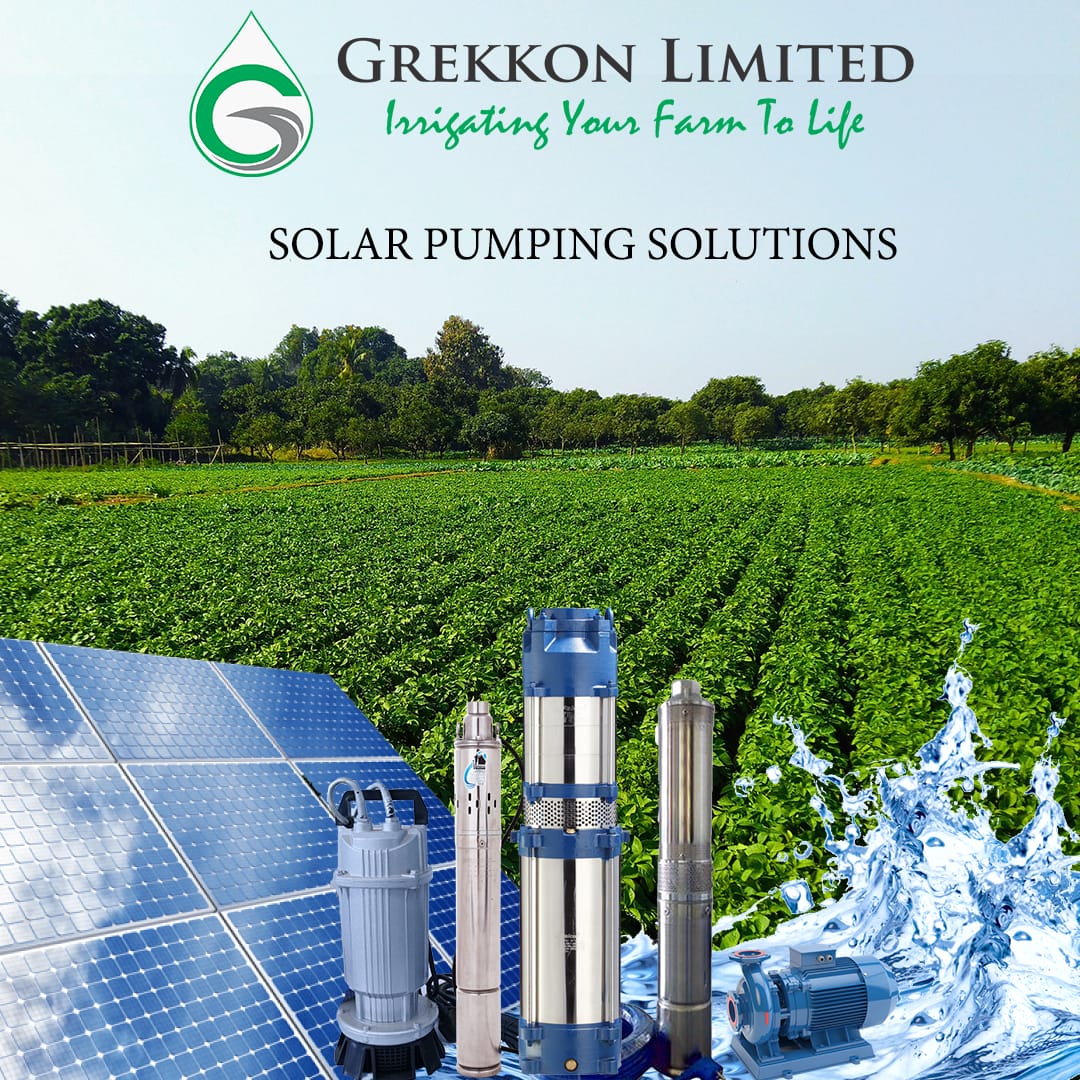
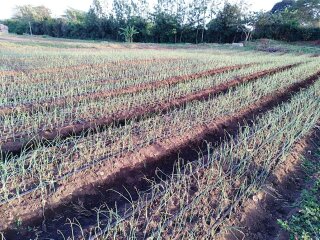
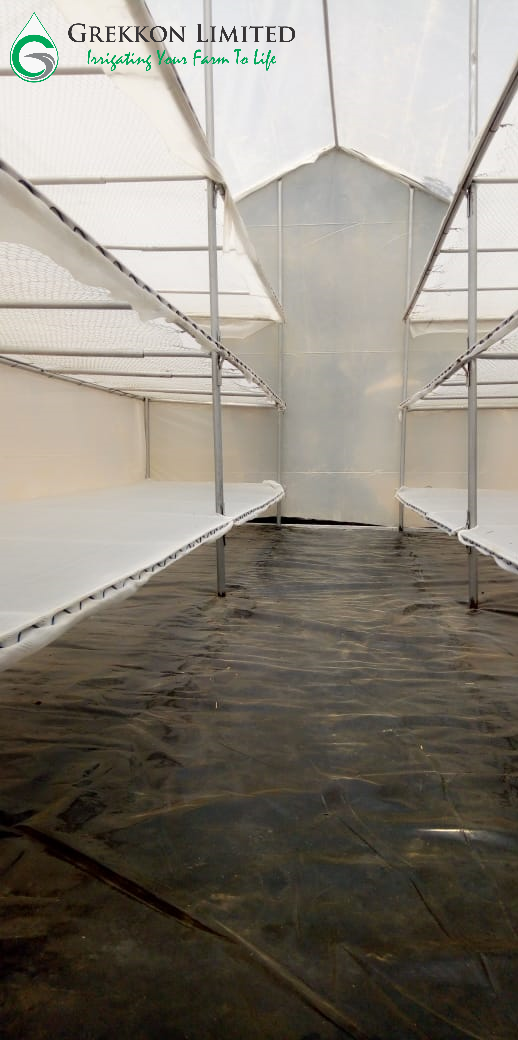
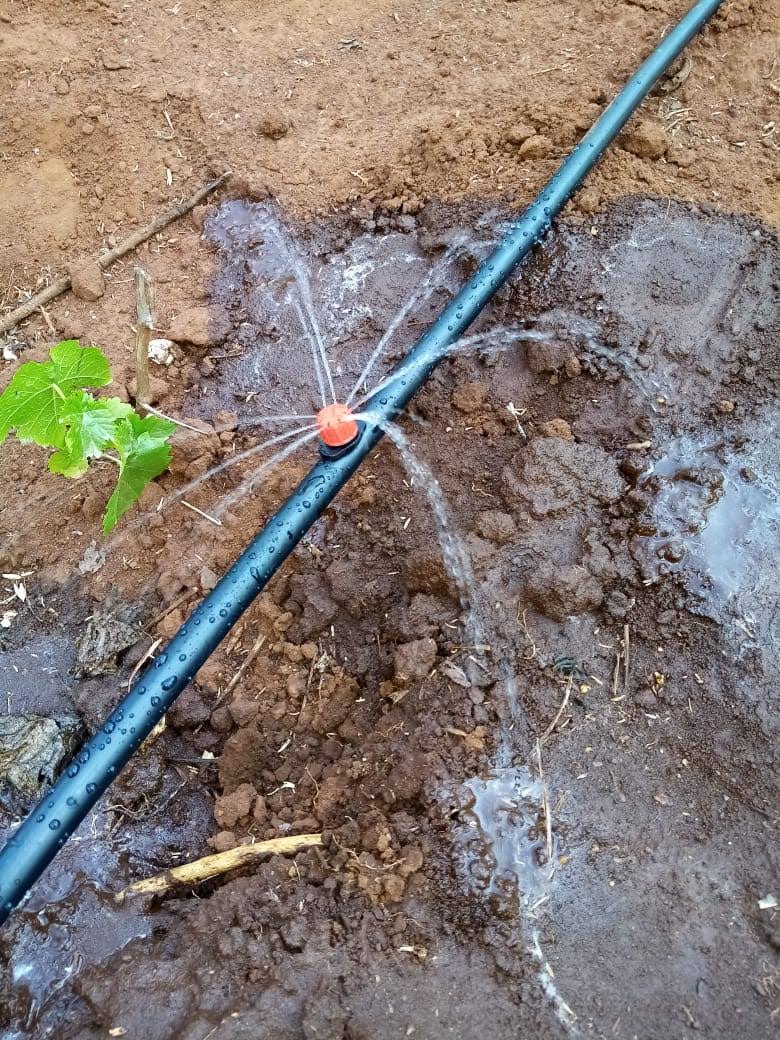
Very educational, will contact you about the green nets
Good afternoon Cecilia,
Many thanks for your compliment!
Best regards,
Customer Service
Very fascinating. What is the rootstock for wambugu apples variety?